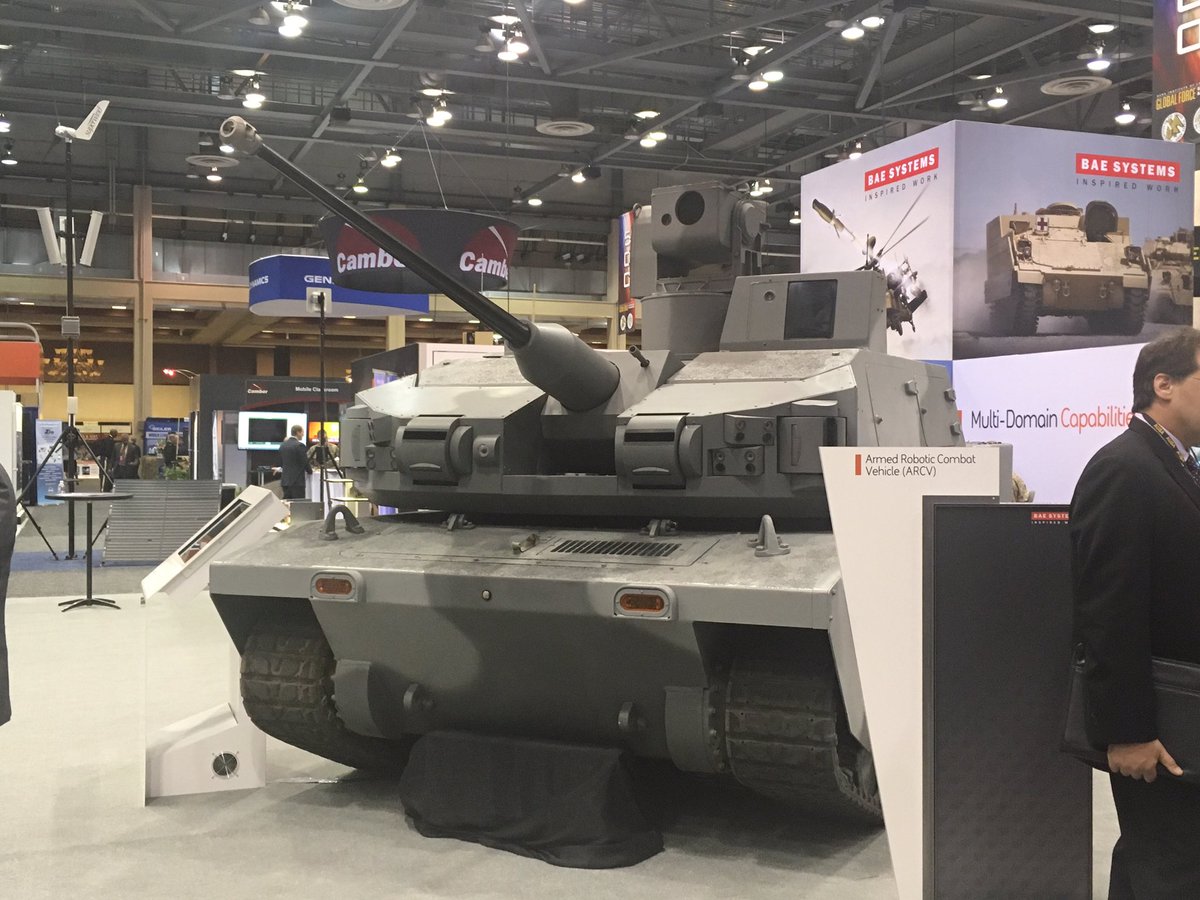
Slovakia is looking for successors to the MiG-29

To date, the only combat aircraft of the Air Force of the Armed Forces of the Slovak Republic are a dozen MiG-29 fighters, of which 6-7 are fully combat-ready. Pictured is the MiG-29AS
with four suspended R-73E air-to-air guided missiles and two auxiliary tanks with a capacity of 1150 liters each.
In the near future, the Armed Forces of the Slovak Republic must undergo a process of fundamental changes and modernization of their weapons in order to be able to continue to fulfill the tasks arising from membership in the North Atlantic Alliance. After 25 years of neglect, the Ministry of Defense will finally see the introduction of new combat vehicles, artillery systems, three-dimensional airspace control radars and, finally, new multi-purpose combat aircraft.
On January 1, 1993, on the day of the formation of the Slovak Republic and its armed forces, there were 168 aircraft and 62 helicopters in the staff of the Military Aviation and Air Defense. The aircraft includes 114 combat vehicles: 70 MiG-21 (13 MA, 36 SF, 8 R, 11 UM and 2 US), 10 MiG-29 (9 9.12A and 9.51), 21 Su-22 (18 M4K and 3 UM3K ). ) and 13 Su-25s (12 K and UBC). In 1993-1995, as part of compensation for part of the debts of the Soviet Union, the Russian Federation provided another 12 MiG-29 (9.12A) and two MiG-i-29UB (9.51).
The current state of the fleet of combat aircraft of the Slovak aviation
After further reorganizations and reductions in 2018, 12 MiG-29 fighters (10 MiG-29AS and two MiG-29UBS) remain in service with the Air Force of the Armed Forces of the Slovak Republic (SP SZ RS), three more aircraft remain in the technical reserve of this type (two MiG -29A and MiG-29UB). Of these aircraft, only 6-7 remained fully combat-ready (and, therefore, capable of performing combat flights). These machines require successors in the near future. Although none of them exceeded the manufacturer's claimed 2800 hours of flight time during operation, they are between 24 and 29 years old. Despite the “rejuvenation” treatments - changes in the set of navigation systems and communications, as well as improvements to the information space that increase the comfort of the pilot - these aircraft have not undergone any major modernization that increases their combat capabilities: changing the avionics system, upgrading the radar or systems weapons. In fact, these aircraft still correspond to the technical level of the 80s, which means that it is not possible to successfully carry out combat missions in the modern information environment. At the same time, the costs of ensuring the operation of equipment and maintaining it in a combat-ready state have significantly increased. The Ministry of Defense of the Slovak Republic operates the MiG-i-29 on the basis of a service agreement with the Russian company RSK MiG (without additional applications, in the original version, valid from December 3, 2011 to November 3, 2016, worth 88.884.000,00 29 2016 2017 euro). According to estimates, the annual costs of ensuring the operation of MiG-30 aircraft in 50-33 years. amounted to 2019–2022 million euros (on average, XNUMX million euros). The base contract has been extended by three years to XNUMX. An extension to XNUMX is currently being considered.
Search for a successor
Shortly after the founding of the Slovak Republic, the then military aviation command began searching for successors to obsolete or aging combat aircraft. A temporary solution, primarily related to the recognition of the MiG-21 as a completely unpromising technique, was the order of 14 MiG-29s in Russia to pay off part of the USSR's debts on trade settlements with Czechoslovakia, which passed to the Slovak Republic. Further actions were also planned, the funds for which were to come from the same source, related to the acquisition of the successor to the fighter-bomber and attack aircraft in the form of the Yak-130 multi-purpose subsonic aircraft. In the end, nothing came of this, as did several similar initiatives that arose at the end of the millennium, but they actually did not go beyond the research and analytical phase. One of them was the 1999 SALMA project, which involved the withdrawal of all combat aircraft in operation at that time (including the MiG-29) and their replacement with one type of subsonic light combat aircraft (48÷72 vehicles). BAE Systems Hawk LIFT or Aero L-159 ALCA aircraft were considered.
In preparation for Slovakia's entry into NATO (which took place on March 29, 2004), the focus was changed to multipurpose supersonic aircraft that meet Alliance standards. Among the options considered was a surface upgrade of the MiG-29 aircraft to the MiG-29AS / UBS standard, which consists in upgrading the communication and navigation systems, allowing to buy time for further actions. This should have made it possible to determine the target needs and capabilities and initiate the process of selecting a new multi-role combat aircraft that meets the needs of the RS of the Armed Forces of the Armed Forces.
However, the first formal steps related to the replacement of the fleet of combat aircraft were taken only by the government of Prime Minister Robert Fico, during a short period of state administration in 2010.
After the Social Democrats (SMER) again won the election and Fico became prime minister, the Ministry of Defense, headed by Martin Glvach, began the selection process for a new multi-purpose aircraft at the end of 2012. As with most government projects of this type, price was critical. For this reason, single-engine aircraft were preferred in order to reduce purchase and operating costs from the outset.
After analyzing the available options, the Slovak government began in January 2015 negotiations with the Swedish authorities and Saab to lease JAS 39 Gripen aircraft. Initially, it was assumed that the project would concern 7-8 aircraft, which would provide an annual flight time of 1200 hours (150 per aircraft). However, according to experts, neither the number of aircraft nor the planned raid will be enough to fulfill the entire range of tasks assigned to the Slovak military aviation. In 2016, Minister Glvač confirmed that, after long and difficult negotiations, he had received a proposal from the Swedes that met the requirements of Slovakia.
However, along with the change in the balance of political forces in the government after the 2016 elections, views on the rearmament of combat aviation were also tested. The new defense minister, Peter Gaidos (Slovak National Party), just three months after his predecessor's statement, said that he considers the terms of the Gripen lease negotiated with the Swedes unfavorable. In principle, all points of the agreement were unacceptable: legal principles, cost, as well as the version and age of the aircraft. The Slovak side set its maximum annual cost for this project at 36 million euros, while the Swedes demanded about 55 million US dollars. There was also no clear agreement as to who would face the legal consequences in the event of an aircraft emergency. There was also no consensus on the detailed terms of the lease and the maturity period of the contract.
According to new strategic planning documents, the 2018-2030 modernization schedule for the Polish Armed Forces sets a budget for the introduction of 14 new multi-role fighters in the amount of 1104,77 1,32 million euros (approximately 78,6 billion US dollars), i.e. 2017 million per copy. The plan to rent or lease machines was abandoned in favor of buying them, and in this spirit another round of negotiations with potential suppliers began. Appropriate decisions were to be made in September 2019, and the arrival of the first aircraft in Slovakia was to take place in 29. In the same year, the operation of the MiG-25 machines will be finally terminated. It was not possible to meet this schedule and on September 2017, 2018, Minister Gaidosh asked the Prime Minister to postpone the decision on the choice of a supplier of new combat vehicles until the end of the first half of the year XNUMX.

